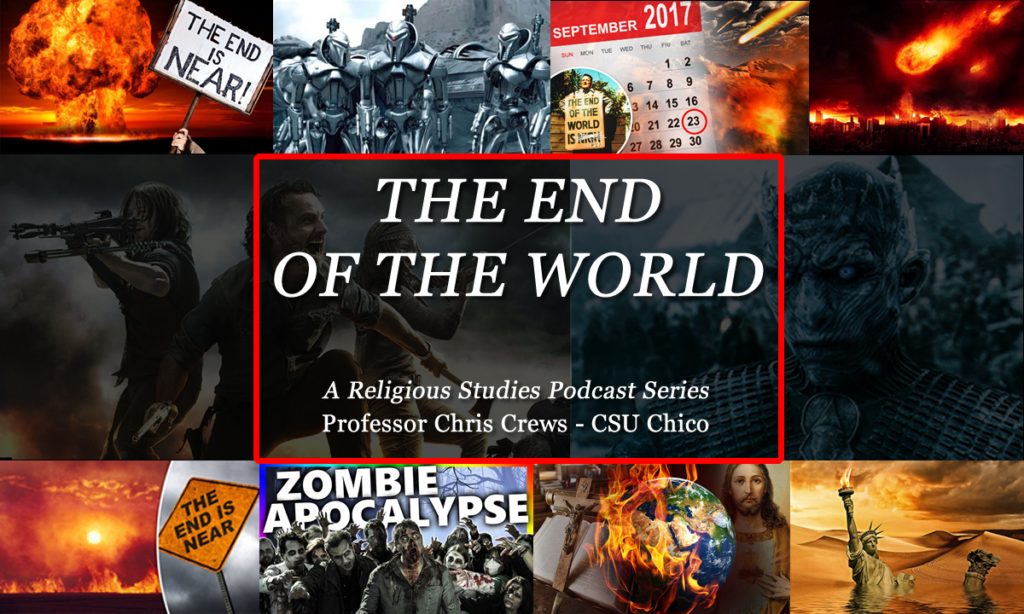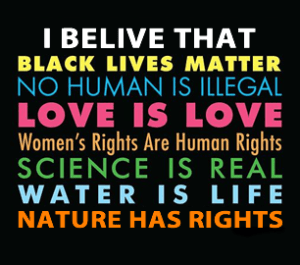Revisiting Silent Spring
My life is different; my death will be like untimely rain.
Vasare (Calves)
Amhi vasare vasare, muki upasi vasare
Gaya panhavato amhi, chor kalatat dhar
Tapa tapa gham unarato, unarato bhuivar
Moti pikavato amhi, tari upasi lekare.”“We are calves, dumb hungry calves
We tend to the cows, thieves walk away with milk and cream
We sweat and sweat on the fields
We cultivate pearls, but our children remain hungry.-Shrikrishna Kalamb (50), Indian cotton farmer and poet from Vindarbha district of Maharashtra state who killed himself in March of 2008.
So as some folks may know, I’m teaching an Environmental Politics course at Fordham University this fall. So far the course has been going well, although we are only in the second week of the class. This week we have been discussing Rachel Carson and Silent Spring, and it’s role in shaping public discussions about toxins in the environment, and in particular, insecticides and pesticides like DDT.
One of the things which I find particularly interesting going back to this period of time is how relevant the debates are still today, even around something like DDT, which you would think should have been over decades ago. However, not so. In fact, some proponents are calling for an increase in DDT use, especially in relation to Malaria control regimes in the Tropics (esp. in African nations). Some of these calls are coming from the usual corporate pundits that thought DDT was a great thing in 1945, and still feel the same way today. Others are more international players, like the World Health Organization (WHO) or the US-based Agency for International Development (AID). Then there are the usual right-wing pundits like John Stossel at ABC News who think anything environmental is bad, and think DDT was the best thing since Wonderbread. Two such examples are here, one of which I showed in my class to give folks a feel for the pro-DDT arguments, which I have to admit, are weak at best, and oftentimes outright false misinformation.
It’s particularly interesting to watch how Stossel dismisses Silent Spring off-had as:
a) not scientific, and
b) full of lies
This is particularly telling given that a Congressional Committee setup subgroup of his President’s Science Advisory Committee (PSAC) under JFK found her book to be quite accurate and scientific in its basis. [Thanks to Ed Darrell for the correction on the report details. Read the full report here.] There has been no successful attempt to discredit her work that has gained any serious legitimacy, especially in the scientific community, because she did the hard work of scientific investigation at the time with other real scientists like herself, rather than armchair pundits like Stossel who simply “claim” scientists have rejected the book and its findings–another deception.
However in the course of doing research on this I came across some interesting debates and information regarding current DDT debates through the Stockholm Convention and their Working Group reports on DDT alternatives, which they are trying to put in place in order to phase out all DDT production globally by 2020. The Stockholm Convention on Persistent Organic Pollutants went into force in May of 2001, and currently involved a wide range of countries, international organizations and other partner agencies. Not surprisingly, the usual major players in chemical warfare production, the US and Israel, have refused to ratify the document, making it meaningless as a policy tool for real reform in those countries.
But what I did find interesting, which I came across in a text called Pesticide Selectivity, Health and the Environment (W.R. Carlile, 2006) is that currently India is the last major producer of DDT for export, at about 4,000 tonnes a year, much for internal use on agricultural fields. But even more interestingly, there is a strong and positive correlation between countries that use large amounts of agricultural DDT and related toxins and countries with high suicide by poison rates. For example:
- Between 1983 and 1998, 100,000+ deaths in Sri Lanka were linked to suicide from pesticides.
- The WHO estimates that 2/3 of the 100,000 yearly pesticide-associated deaths are from organophosphates and carbamate insecticides.
- A national suicide survey in China in 2001 showed that of 250,000 suicide attempts, 2/3 were with pesticides, especially rodenticides.
- 6 surveys from Indian hospitals published in 2000 showed that of 1,777 documented poisonings, 59% were associated with pesticides.
India is also the site of massive farmer protests and widespread farmer suicides. It is worth remembering that close to 60% of Indians still work in or rely on rural agriculture to survive. Given this, the fact that between 2002 and 2006 over 17,000 farmers a year killed themselves, we can see this is a just the tip of the iceburg. The cause of most of these suicides was either farm-related debt or drought. And the latest statistics from the National Crime Records Bureau (NCRB) in India suggest that over 17,000 farmers killed themselves in 2009.
A January, 2008 headline from The Hindu newspaper in India gives a sense of the situation:
Mumbai: Farm suicides in Maharashtra rose dramatically in 2006, more than in any other part of the country. The state saw 4,453 farmers’ suicides that year, over a quarter of the all-India total of 17,060, according to the National Crime Records Bureau (NCRB) in its report Accidental Deaths and Suicides in India, 2006. That is the worst figure recorded ‘in any year for any state’ in the country since the NCRB first began logging farm suicides.
An earlier article from 2000, this time in The Independent in the UK, had this to say about the issue, and is an eerie reminder of how little has changed in the past decade on this issue:
But many Indian farmers have almost no capital and are vulnerable to fluctuations of market price and the depredations of money lenders. Thousands have committed suicide because they were unable to repay debts incurred buying herbicide, pesticide, seed and other “Green Revolution” necessaries.
And while the issues in India are not the same ones that Rachel Carson was writing about in 1962, the questions of impacts to farmers and the larger environment have not gone away. If anything, they have only gotten worse. So this was a good reminder of why the lessons of the past need to be continually revisited in the present, to help inform how we move into the future. And in the case of toxins and Carson, we still have a lot of work to do.
—
Here’s the YouTube playlist of some of the videos I was using for my class.



President Kennedy’s study was not a “Congressional committee,” but a special panel of experts, a subgroup of his President’s Science Advisory Committee (PSAC) — more knowledgeable, more science chops than Congress (and presidents can’t set up Congressional committees).
The full text of the PSAC report, “Use of Pesticides,” is available on line again, here: http://timpanogos.wordpress.com/2012/12/10/use-of-pesticides-report-of-the-presidents-science-advisory-committee-may-15-1963/
Nice post. Thanks.
Thanks for the comments and correction. I have corrected this in the article as well.